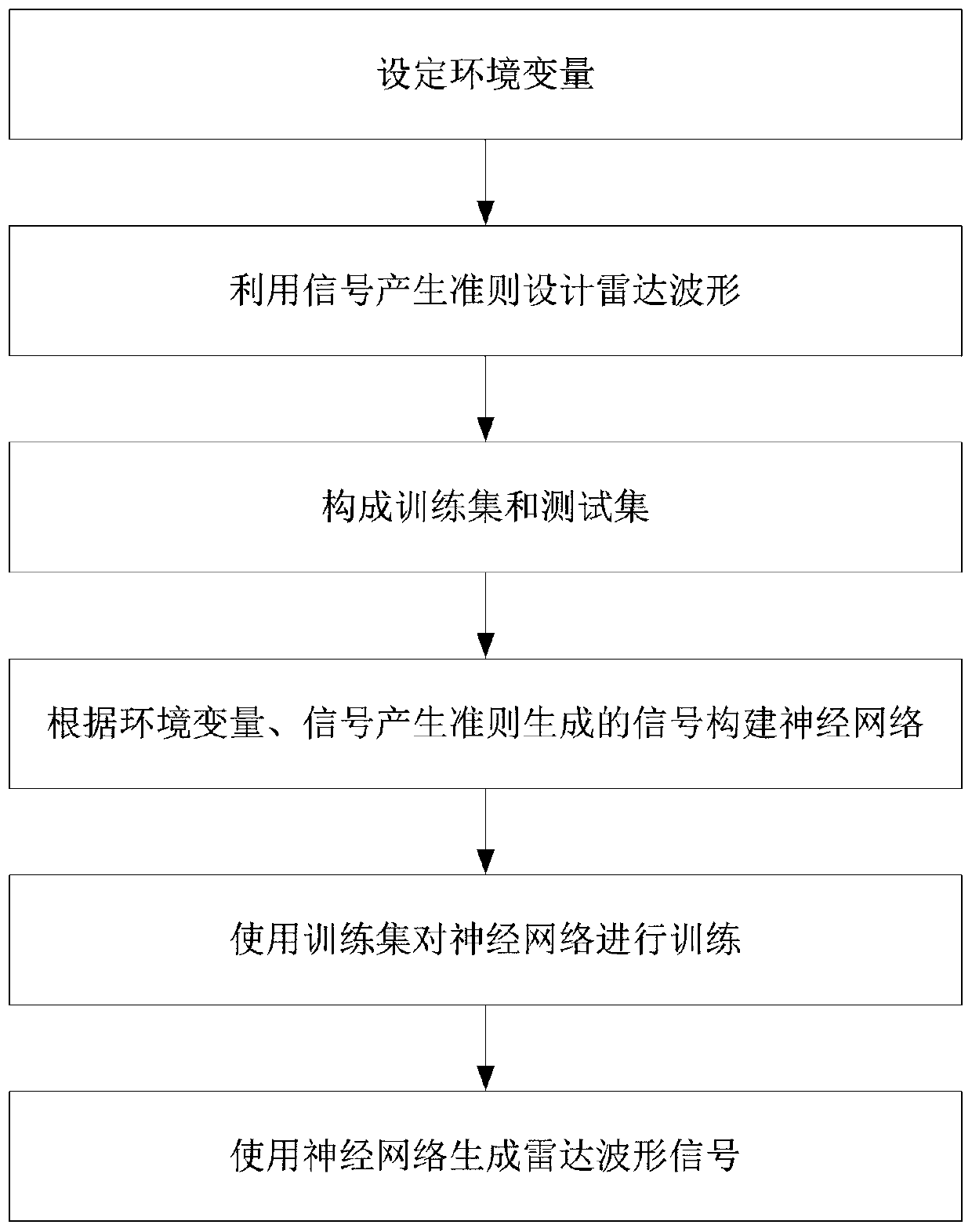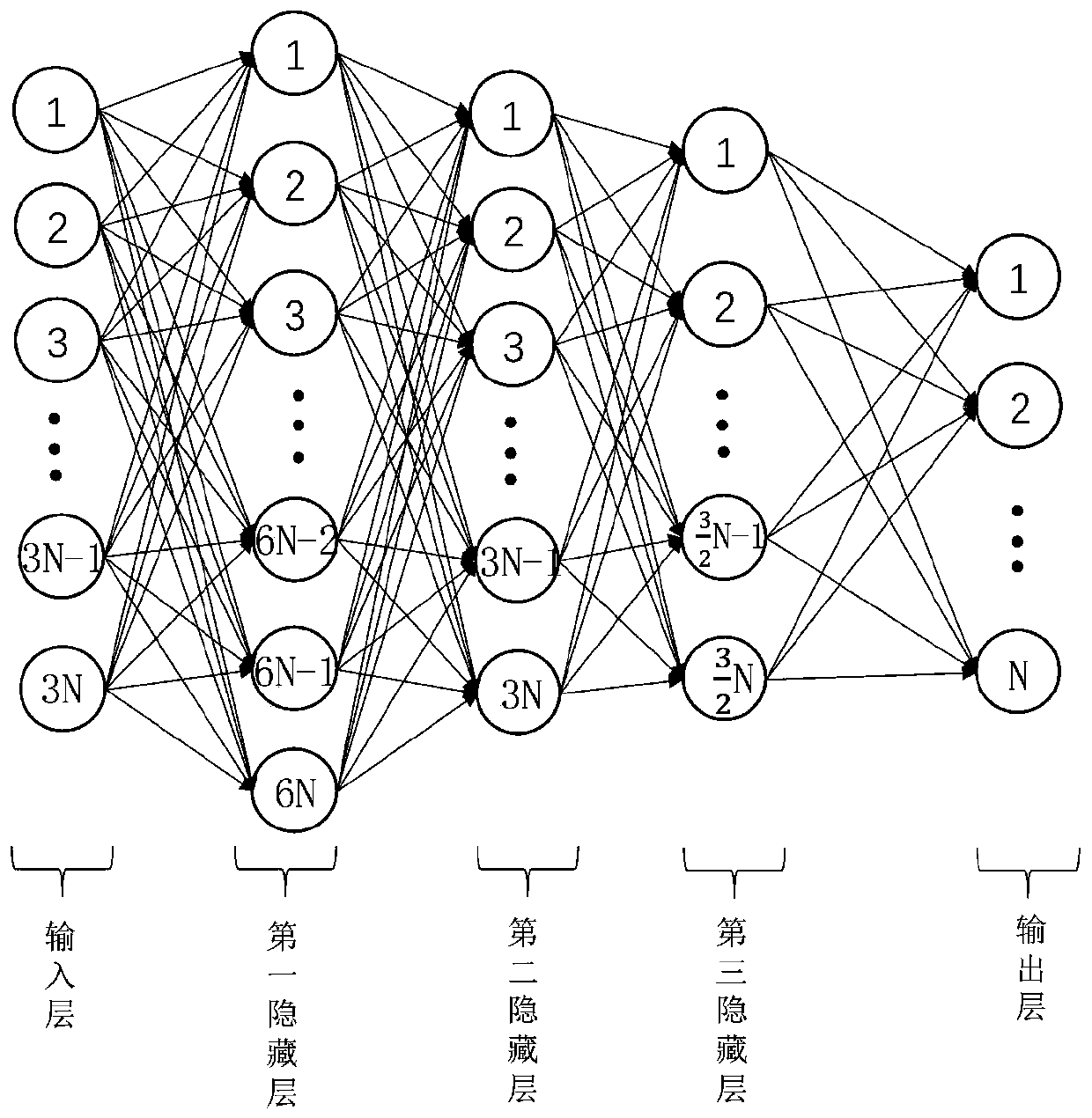Radar waveform design method based on deep neural network
A deep neural network and radar waveform technology, applied in the field of radar waveform design based on deep neural network, can solve the problems of wider application, difficult establishment of target function, and inability to guarantee comprehensive performance
- Summary
- Abstract
- Description
- Claims
- Application Information
AI Technical Summary
Problems solved by technology
Method used
Image
Examples
Embodiment Construction
[0106] In order to make the purpose, technical solution and advantages of the present invention clearer, the content of the present invention will be further described in detail below in conjunction with the accompanying drawings and embodiments.
[0107] The main technical idea of the present invention is to use deep neural networks DNNs to design radar waveforms, such as figure 1 shown, including:
[0108] Step 1: Set the four environmental variables of target, interference, clutter, and noise to reflect the environmental information of the real radar work as much as possible.
[0109] Step 2: According to the environmental variables set in step 1, radar waveforms are designed using the MI criterion and the SINR criterion respectively, and the frequency domain energy distribution of the radar waveform is obtained as the signal designed by the two criteria.
[0110] Step 3: Extract a part of the signals generated by the MI criterion and the SINR criterion in step 2 and mix...
PUM
 Login to View More
Login to View More Abstract
Description
Claims
Application Information
 Login to View More
Login to View More - R&D
- Intellectual Property
- Life Sciences
- Materials
- Tech Scout
- Unparalleled Data Quality
- Higher Quality Content
- 60% Fewer Hallucinations
Browse by: Latest US Patents, China's latest patents, Technical Efficacy Thesaurus, Application Domain, Technology Topic, Popular Technical Reports.
© 2025 PatSnap. All rights reserved.Legal|Privacy policy|Modern Slavery Act Transparency Statement|Sitemap|About US| Contact US: help@patsnap.com



